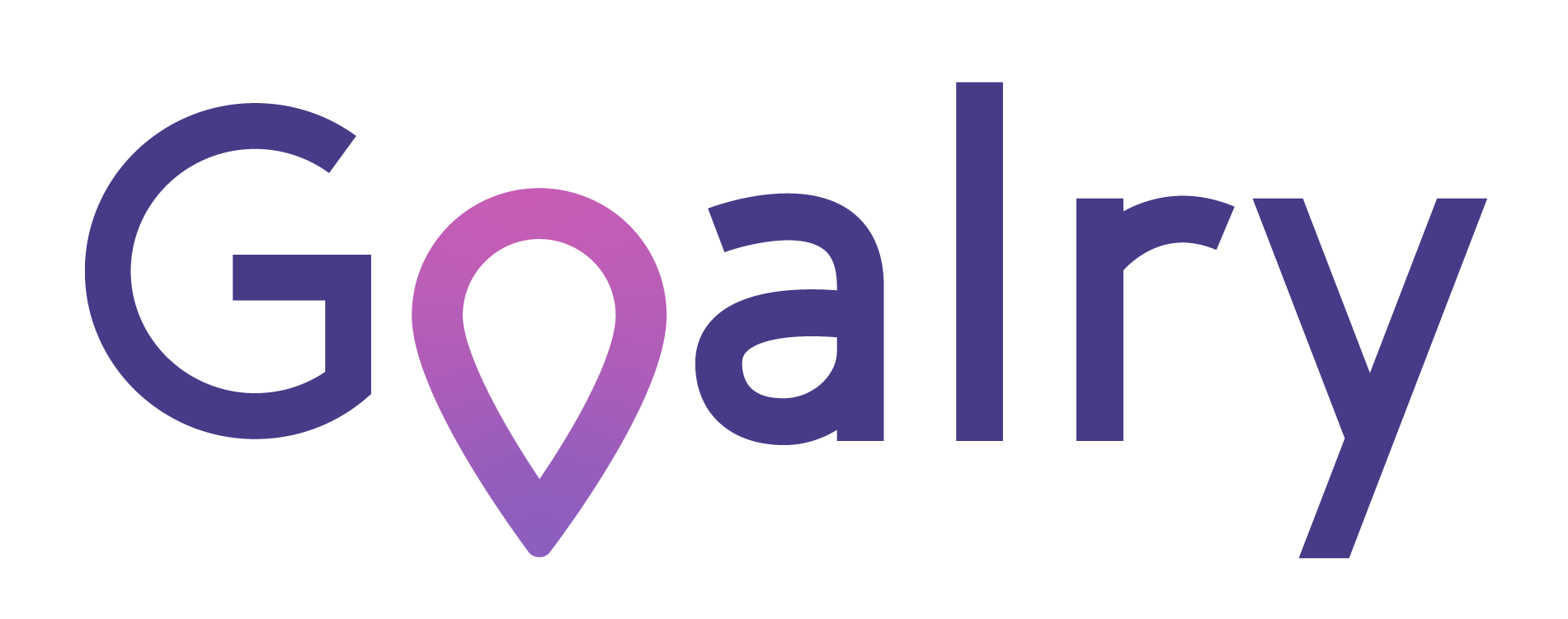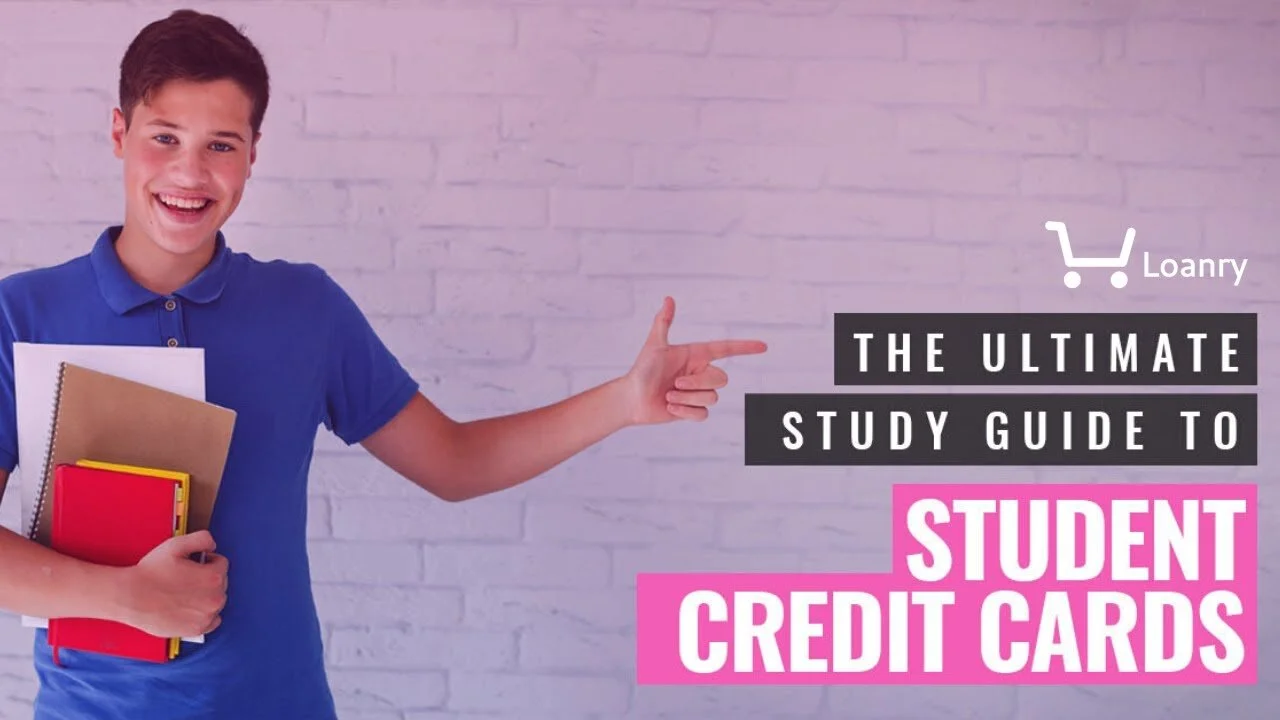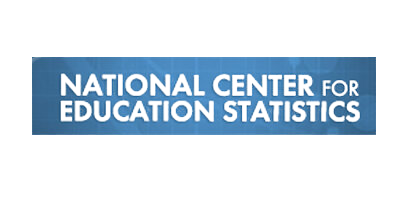A Financial Goals for Students Study Guide
When you read the title of this article, you probably thought of financial goals for students as applied to older students. College-age people probably came to mind. However, for the best results, you need to start teaching financial literacy when children are in grade school.
If you teach your children about money while in grade school, it helps them do better in life. They might start with just learning how to make their allowance or paper route go further, but that carries over into high school and their after-school job money. That helps them save for college. It helps them manage money for tuition, dorm rent, books, fees and more. While their financial goals by age will differ, learning how to set and achieve financial goals can happen at any age.
Grade School Financial Goals for Students
You cannot start to learn about finance too young. The website In Charge provides teachers of pre-school, pre-kindergarten, kindergarten, the first and second grade with free lesson plans and other resources for financial literacy lessons.
These lessons range from making spending decisions to earning money and advanced topics of financial management such as setting long and short term financial goals. Each one includes a teacher’s guide and a student guide for free download.
So, what does someone seven years old or younger need to learn to build a firm foundation of financial literacy? It starts with knowing how to make smart decisions.
Kids who get to make their own simple decisions as toddlers have an easier time making more advanced decisions. Not every kid got to pick their outfit at two or decide between the blue or yellow sippy cup, so this lesson provides that basis. It introduces financial decision-making activities in a guided manner.
Grown-ups need a budget, but kids need to learn those concepts, too. As early as preschool-age, children can learn simple spending plans. This lesson in categorizing money and expenses helps to establish lifetime money-management behavior. Kids learn the budget concept using three simple categories: “save,” “spend” and “share.” The activities teach that you acquire money in limited quantities and need to divide it to pay for different needs.
Another important concept to teach children is that adults must earn money to pay for their needs like housing and their wants like football jerseys. This lesson teaches children that money must be earned and is not freely distributed. It reinforces that it comes in a limited quantity. One of the activities included the kids perform at home, doing small, additional chores to earn money for the spending plan they created in a previous lesson.
In this lesson, the students learn about money as a medium of exchange, both for other increments of money and for goods and services. They learn the value of different coins and paper money. At the end of the lesson, they can name the coins and bills and know their values.
Grades 3 to 6 Financial Goals for Students
Financial literacy needs reinforcement and continued education. In Charge also provides lesson plans for grade school kids. This includes third grade, fourth grade, fifth grade, and sixth grade.
This lesson builds on the money management lesson of earlier grades. They learn to divide money into the categories “spend,” “save,” and “give.” This introduces philanthropy which builds on the sharing lesson of earlier grades. They learn to keep spending records and receive an introduction to allowances.
This lesson builds on record-keeping. You are not training a little Certified Public Accountant (CPA), but ensuring that children develop the knowledge to successfully manage money. It explains concepts such as the amount of money available, the amount of money spent and determining how much money needs to be saved for future needs. The kids complete activities and worksheets to reinforce these teachings.
Children also need to learn about saving and where to save. That means building knowledge of types of bank accounts. This ensures they understand which accounts provide the best money growth. It teaches risk concepts related to investments and the rates of return.
In this lesson, kids learn concepts of comparison shopping and picking the best option. They learn how to discern need versus want. It also covers marketing messages and how to scrutinize advertising and relegate it to the proper place in decision making.
High School Students: Financial Goals for Students
The In Charge resources grow larger as the grades increase. Its high school teaching curriculum provides fourteen lesson plans plus worksheets that can bolster a single semester course in life skills and/or personal finance management. The Teacher’s Guide includes curriculum goals, lesson objectives and teaching notes. In addition to the worksheets and answer keys, it also includes suggested resources and presentation slides. This set of lessons teaches students about specific needs and strategies including items like 529-education plans and credit counseling programs.
Lesson One: Making Personal Finance Decisions
This lesson tackles complex questions like “Should I buy a new or used car?” It helps the teen develop positive decision-making skills so they make wiser money choices. This decision-making process overview also teaches the internal and external factors affecting decision making.
Lesson Two: Making Money
High school is not too early to gain career building advice. The making money lesson focuses on career development, so the student can learn to appropriately increase income and make money. It helps them determine their career path.
Lesson Three: The Art of Budgeting
You needed to learn budgeting as a kid. You know you did. At least your children can. This lesson teaches the teen how to create a detailed personal budget that covers expenses, debt repayment and savings. They set realistic financial goals and follow through with positive action.
Lesson Four: Living on Your Own
This lesson introduces the concepts needed to live on your own. The student learns the challenges of living on their own and explores the costs of moving, renting an apartment and furnishing it.
Lesson Five: Buying a Home
High school is not too soon to learn about mortgages and home buying. This major step for any individual requires knowledge of renting vs. buying, how to navigate the five-step process of buying a home and choosing the right home for you.
Lesson Six: Banking Services
Since earlier lessons included introductions to account types and how to use savings accounts, this lesson focuses on other accounts and their fees. Checking accounts and their ATM transaction fees and other account types and their services also get covered. This lesson also teaches better decisions by showing the students how the ATM fees for one year could be saved and invested to create a savings at five percent interest that in five years would equal more than $570. This lesson teaches kids the various financial services and their features.
Lesson Seven: Credit
High school students learn about the wonderful world of credit, including credit cards and how they function in the process of car rental, booking hotel and travel tickets and using credit wisely.
Lesson Eight: Credit Cards
The advanced lesson in credit cards covers the annual percentage rate (APR), the concept of a grace period and the details of transaction fees. Students learn the types of credit cards and their features. This prepares students for shopping for their first credit card. It also covers the federal laws that protect an individual’s rights.
Lesson Nine: Cars and Loans
In this lesson, the high school students learn about purchasing a new vs. used car, financing options, rebates vs. low-rate financing plans, and ownership, and operation costs of vehicles.
Lesson Ten: The Influence of Advertising
Marketing messages and how they can influence an individual to purchase what they do not need gets covered in this lesson. Students learn about direct and subliminal advertising.
Lesson Eleven: Consumer Awareness
Students receive a second lesson in marketing messages. This one focuses on making smart decisions as a consumer despite the plethora of messages inundating us daily. It addresses comparative shopping techniques so teens pay attention to product attributes, price, store policies, and warranties. It also teaches the various modern buying methods, including subscription clubs, online and phone shopping plus catalogs, and door-to-door sales.
Lesson Twelve: Saving and Investing
Apps like Stash have become so popular because saving just 35 cents a day for one year turns pennies into more than $125. If invested, that turns into a larger amount. In this lesson, teens learn the basics of saving and investing plus financial goal setting. After you finish reading about saving money and maybe get interested, you can open a savings account. Here are suggestions for you:
Lesson Thirteen: In Trouble
Teens need to learn how to know when they are entering the fiscal danger zone. That means that they need to recognize financial problem warning signs. In this lesson, they learn about non-profit credit counseling and debt consolidation.
Lesson Fourteen: Consumer Privacy
In the final lesson, teens learn the importance of keeping financial and personal information private. It covers how what you put on loan applications and your payment history can be shared with third parties. Your account balances of credit cards and loans are privy to the same sharing. It also teaches the credit protections provided to consumers and what cannot get shared.
College Students: Financial Goals for Students
Paying for college ranks among the biggest financial goals for students. College attendance costs have increased faster than nearly any other segment of the economy during the past 30 years. In those three decades, the average cost of public university attendance rose 213 percent. That translates to what cost $3,190 in 1988, cost $9,970 in 2018. Private colleges went up 129 percent from $15,160 to $34,740 in the same time period. Students have tried to keep pace by taking out student loans. That has helped to create a $1.4 trillion student loan debt.
College-bound students need to utilize online resources like College Data to learn how to apply and how to pay for school. This is a wonderful resource for everything from cost factors to how to apply to how to pay your own way.
The College Board also provides some must-have information for college-bound students. This includes historical data on college tuitions, financial aid availability, and the earning power of various degrees.
Once you are ready for college and apply, you will also need to visit Student Aid, a federal government website run by the Department of Education, the US agency that provides about 67 percent of financial aid. Even if you do not want to take out loans, you should complete the FAFSA on this site. You could qualify for both Pell grants and SEOG grants which could fund the majority of your college costs.
Those who need a little additional advice on the financial aid process should consult Fastweb. It also considers specific schools and their proponents.
AIE addresses the issues of college costs, financing it, and how to manage money in college. (Avoid taking out the credit cards they offer you at the Housing Fair. The 25 percent APR is a very bad idea. Also, do not drink before you turn 21.)
Consult NCES to get a realistic handle on how much it will cost to go to college. NCES collects and analyzes college cost data from US colleges to provide the accurate average cost of attendance data and specific cost data of each US college. It makes for a great budget setting resource.
You and your parents should peruse My Kid’s College Choice which examines numerous ways to find affordable colleges and to find a way to pay for it.
College Countdown provides a FAQ of the real costs of college, how to evaluate an offer from a school and which colleges fit your financial needs.
While most resources at the college level offer self-education, some schools also offer courses in money management. Many of these centers on paying for college, how to manage student loans, and managing school and work.
Some non-profits, such as CareOne.com, which specializes in credit counseling, offer online educational resources. These may come in the guise of articles, blogs or online tutorials.
Help Designing a Financial Goals for Students Program
Perhaps you are an educator reading this and want to create an online education program to enhance the age-targeted lessons. Maybe you want to lengthen the available lessons developed by In Charge or another organization. The Financial Educators Council offers complimentary resources to aid instructors in the development of educational courses regarding financial literacy.
The FEC offers examples of how it works with educators to help them build these courses. There is no set format. The organization helps design in-person courses, online courses, seminars, and long-term educational courses. In its case study example, a staff member at a major university contacted FEC for help in designing a course to help 29 student volunteers with which she worked. In that example, the organization helped her design the main module for education online and follow-up mini-courses that built on the original knowledge.
Goalry Helps You Reach All Your Financial Goals - Step by Step
Finding the Right Financial Educational Resources for Students
Setting and achieving financial goals for students needs to start as early as possible. Curriculum exists that addresses these needed lessons for students from pre-kindergarten through grade 12. Many resources online cater to self-education for college students and those matriculating to college. Get started today teaching your youth the ins and outs of financial literacy.
Final THoughts
The earlier you start teaching children how to appropriately respect, earn and manage money, the better for them. Using an educational option that educates them from pre-kindergarten through college ensures that they enter adulthood ready to enter the work force, ready to manage their salary and ready to handle credit. Financial education requires reinforcement over an extended period of time. One course in childhood or teen years will not do the job. Continued lessons during the course of their educational life and continued education in adulthood enables them to properly manage money.











